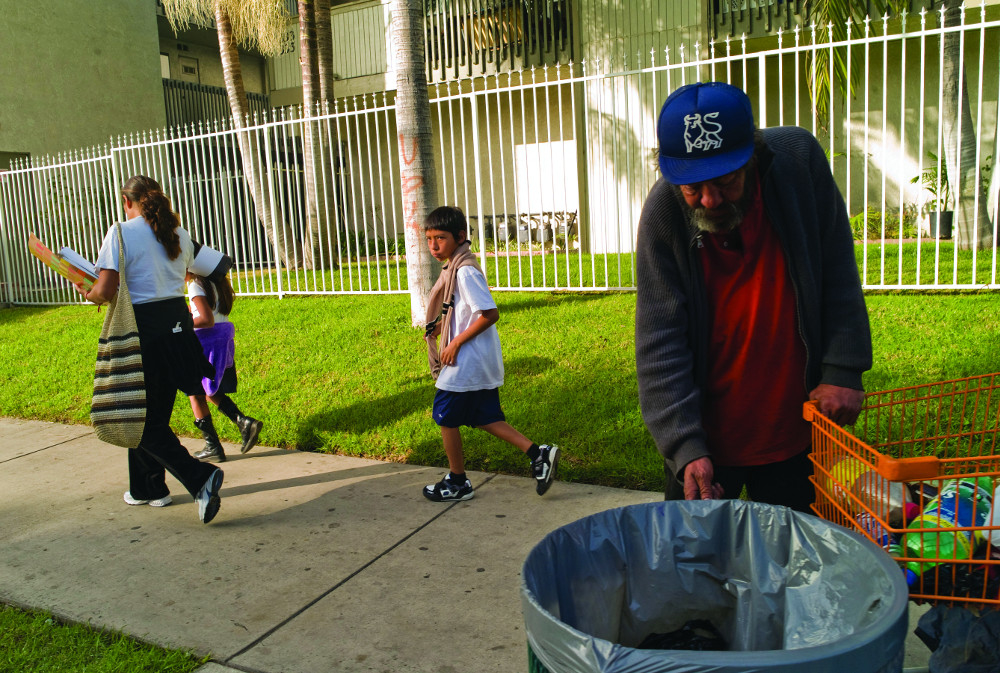Part I The Bases of Inequality
Sociologists use the term social stratification to refer to the ranking of individuals into social strata or groups. We are divided into groups such as women versus men or African Americans versus Asian Americans. Our lives are also transformed because of our group membership. In U.S. society, being different has come to mean that we are unequal.
The differences between social strata become more apparent when we recognize how some individuals are more likely to experience social problems than others are. Attached to each social position are life chances, a term Max Weber used to describe the consequences of social stratification, how each social position provides particular access to goods and services such as wealth, food, clothing, shelter, education, and health care. Sociologists refer to the unequal distribution of resources, services, and positions as social inequality.
In the next five chapters, we will explore two basic sociological questions: Why does social inequality exist, and how are we different from one another? We will review sociological theories that attempt to explain and examine the consequences of social inequality. Although the five bases of inequality are discussed in separate chapters, real life happens at the intersection of our social class, racial and ethnic identity, gender, sexual orientation, and age. These bases of inequality simultaneously define and affect us. We need to recognize how each social characteristic (class, race, ethnicity, gender, sexual orientation, or age) shapes the history, experiences, and opportunities of men, women, and children in the United States (Shapiro 2004) and throughout the world. Your life experience may have less to do with your ability or your hard work and more to do with how (well) you are positioned in society. Ultimately, this includes your experience of social problems.
If this is your first sociology course, these chapters will provide you with an overview of several core sociological concepts. If you have already had a sociology course, welcome back; these chapters should provide a good review.
